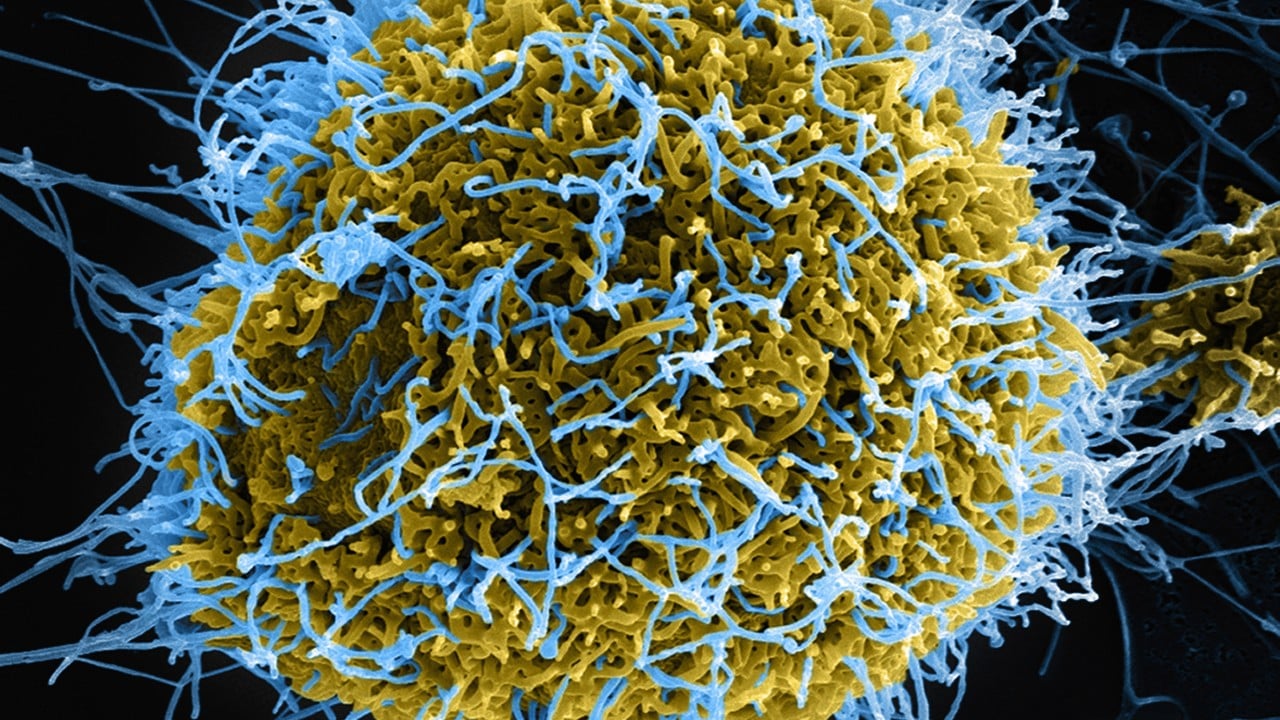An advanced laboratory at Japan’s Nagasaki University specialising in the study of the deadliest viruses known to man has triggered widespread safety concerns about the facility’s security despite official assurances.
Advertisement
The Japanese ministry of health confirmed last month that the biosafety level-4 (BSL-4) laboratory at the university’s Sakamoto campus has met the required standards for researching lethal haemorrhagic fever viruses such as Ebola, Marburg, Crimean-Congo, Lasa and South American. Scientists have started training at the laboratory.
BSL-4 is the highest level of biosafety precautions such as for facilities designed to study agents for which there are no available treatments or vaccines. Equipment in a BSL-4 laboratory is designed to have no sharp edges that could snag a scientist’s protective suit. Such a facility is equipped with systems to prevent agents from escaping into the surrounding environment and decontamination showers for personnel.
Eiichiro Watanabe, a director of the BSL-4 liaison office, said every precaution had been taken to ensure the security of the facility and that discussions were ongoing with people living nearby.
“The facility is in the trial phase at the moment and no level-4 pathogens have been brought in yet,” Watanabe told This Week in Asia. “We are currently carrying out training before we go into full operation.”
Advertisement
The university has been seeking approval to open the facility for 15 years, a delay that has led to other countries racing ahead of Japan to study pathogens and develop effective vaccines. At present, more than 20 countries operate about 60 BSL-4 facilities, many at universities.

